
1. Dal :
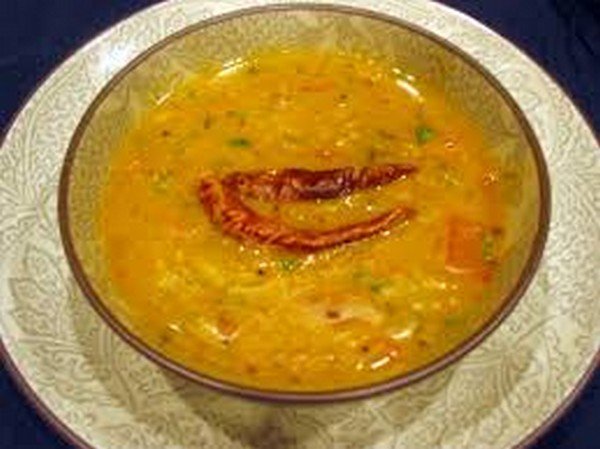
Dal or pappu or paripu is a dried pulse (lentil, pea or various types of bean) which has been split. The outer hull is usually stripped off; dal that has not been hulled is described as chilka (skin), e.g. chilka urad dal, mung dal chilka. The word dal is also used to name the thick stew prepared from these pulses, an important part of Indian, Nepali, Pakistani, Sri Lankan, West Indian and Bangladeshi cuisine. It is regularly eaten with rice in southern India, and with both rice and roti (wheatbased flat bread) throughout northern India and Pakistan as well as Bangladesh, East India, and Nepal where Dal Baht (literally: dal and rice) is the staple food for much of the population. Dal is a ready source of proteins for a balanced diet containing little or no meat. Sri Lankan cooking of dal resembles that of southern Indian dishes.
2. Tomato :

The tomato is the edible, often red fruit/berry of the nightshade Solanum lycopersicum, commonly known as a tomato plant. The species originated in the South American Andes and its use as a food originated in Mexico, and spread throughout the world following the Spanish colonization of the Americas. Its many varieties are now widely grown, sometimes in greenhouses in cooler climates.
3. Green bean :
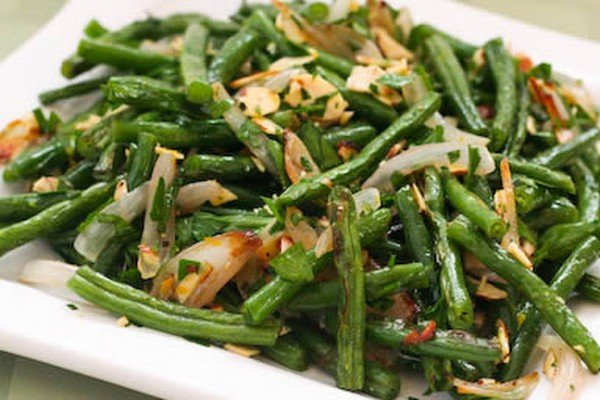
Green beans, also known as string bean, snap bean in the northeastern and western United States, or ejotes in Mexico, are the unripe fruit of various cultivars of the common bean (Phaseolus vulgaris). Green bean cultivars have been selected especially for the fleshiness, flavor, or sweetness of their pods.
4. Colocasia :
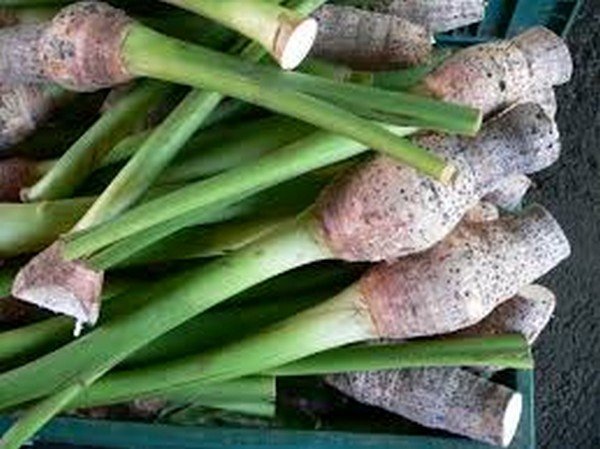
Colocasia is a genus of 25 or more species of flowering plants in the family Araceae, native to tropical Polynesia and southeastern Asia. Common names include Elephantear, Taro, Cocoyam, Dasheen, Chembu, and Eddoe. Elephantear and Cocoyam are also used for some other largeleaved genera in the Araceae, notably Xanthosoma and Caladium. The generic name is derived from the ancient Greek word kolokasion which in the Greek botanist Dioscorides (1st century AD) meant the edible roots of both Colocasia esculenta and Nelumbo nucifera. It is thought that the edible roots of Colocasia esculenta have been cultivated in Asia for more than ten thousand years.
5. Kobi chya wadya :

Cabbage rolls: Shredded cabbage in chick pea flour.
6. Pav Bhaji :
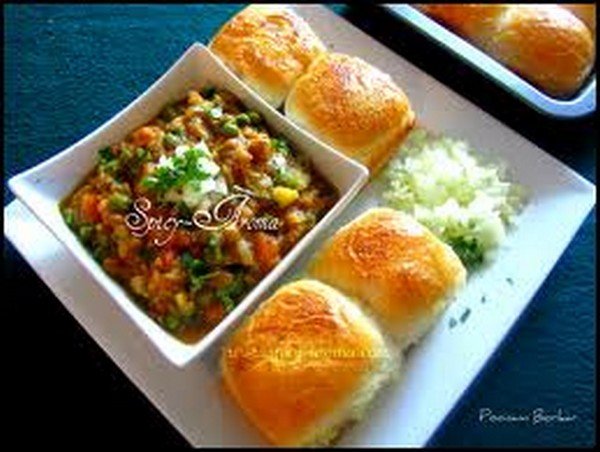
Pav bhaji is a Maharashtrian fast food dish that originated in Mumbai cuisine. While Bhaji is a traditional Indian name for a vegitable dish, the Pav or Pau or Pao was the Portuguese word for bread (small rolls) intruduced by them during their brief presence in Mumbai (then Bombay), before it was gifted by them to the English as part of the dowry for Catherine of Braganzas marriage to Charles II. The pavbhaji is a spicy preparation with a mixture of vegetables, either whole or mashed, a generous dose of fresh tomatoes, a dollop of butter, optional toppings of cheese and dryfruits and fresh fruits, consumed with warm bread gently or crispy fried in butter an alltime, anytime favourite with Mumbaikars. It is native to Mumbai and has now become popular in most metropolitan areas in India, especially in those of central and western Indian states such as Gujarat and Karnataka. Pav means bread. Bhaji in Marathi means vegetable dish. Pav bhaji consists of bhaji (a thick potatobased curry) garnished with coriander, chopped onion, and a dash of lemon and lightly toasted pav. The pav is usually buttered on all sides.
7. Buttermilk :
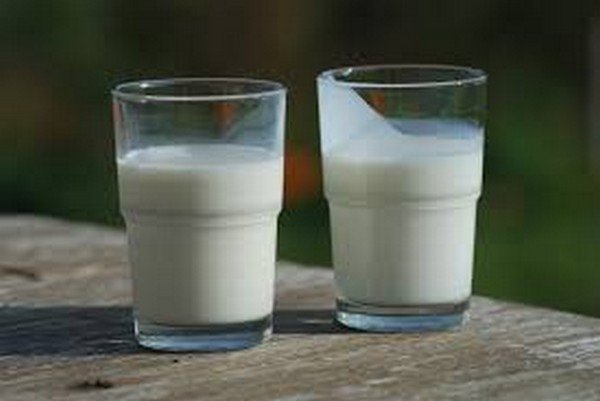
Buttermilk refers to a number of dairy drinks. Originally, buttermilk was the liquid left behind after churning butter out of cream. This type of buttermilk is known as traditional buttermilk.The term buttermilk also refers to a range of fermented milk drinks, common in warm climates (e.g., the Balkans, the Middle East, Turkey, Afghanistan, Pakistan, India, Sri Lanka and the Southern United States) where unrefrigerated fresh milk sours quickly, as well as in colder climates, such as Scandinavia, Finland, Netherlands, Germany, Poland, Slovakia and Czech Republic. This fermented dairy product known as cultured buttermilk is produced from cows milk and has a characteristically sour taste caused by lactic acid bacteria. This variant is made using one of two species of bacteria

